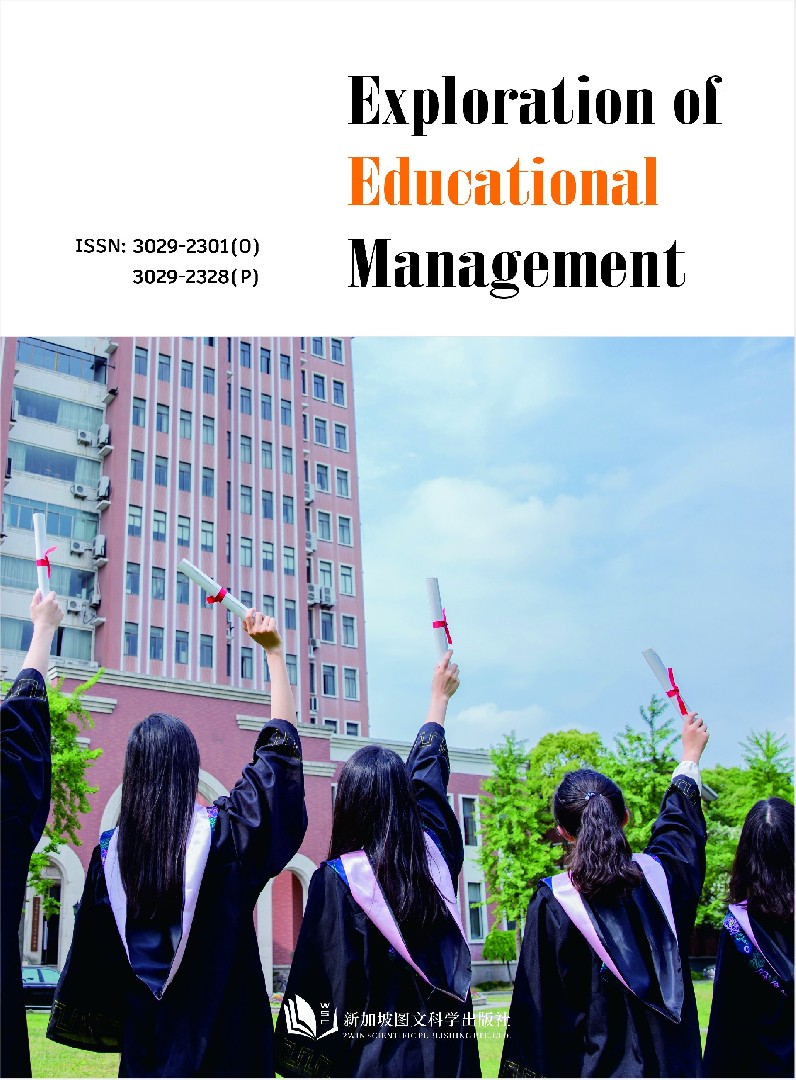作者
Ruixia Liu
文章摘要
This paper adopts documentary analysis to retrieve, summarize and analyze 29 foreign language (FL) learners’ flow research in core journals at home and abroad from 2014 to 2024. Three aspects including general publication situation, research design and research focus will be discussed. Then, this paper discusses the limitations and future research directions of flow research. It is found that: (1) the number of empirical studies on flow research at home and abroad has not continued to increase during these ten years. Moreover, there are significant differences in the number of publications at home and abroad. (2) most of the studies examined EFL learners and the participants were mainly from China and Iran.The participants were mainly college students, and few studies explored learners in junior and senior high schools. The research is mainly based on quantitative and mixed research. (3) nearly half of the 29 studies employed various theoretical frameworks, such as Flow Theory and Directed Motivational Currents, while the remaining studies did not clearly specify their theoretical frameworks. The related research mainly focuses four topics: flow experience, the factors affecting flow, the impact of flow on academic achievement and the interaction between different factors and flow. Subsequently, this paper discusses the limitations of current research and looks forward to the future research direction. The author hopes that the research will help deepen new understanding of FL learners’ flow.
文章关键词
FL learners; flow research; research design; methodology; topic
参考文献
[1] Aubrey, S. (2016). Inter-cultural contact and flow in a task-based Japanese EFL classroom. Language Teaching Research, 21(6), 717-734.
[2] Aubrey, S. (2017). Measuring flow in the EFL classroom: Learners’ perceptions of inter‐and intra‐cultural task‐ based interactions. TESOL quarterly,51(3),661-692.
[3] Aubrey, S. (2021). Enhancing long-term learner engagement through project-based learning.ELT Journal,76(4), 441-451.
[4] Csikszentmihalyi, M. (1990). Flow: The psychology of optimal experience. New York, NY: Harper Perennial.
[5] Csikszentmihalyi,M. (1975). Beyond boredom and anxiety. San Francisco:Jossey-Bass Publishers.
[6] Dornyei, Z., MacIntyre, P. D., & Henry, A. (Eds.). (2015). Motivational dynamics in language learning. Bristol, England: Multilingual Matters.
[7] Egbert, J. (2003). A study of flow theory in the foreign language classroom.Modern Language Journal,87(4), 499-518.
[8] Foroutan Far, F., & Taghizadeh, M. (2022). Comparing the effects of digital and non-digital gamification on EFL learners’ collocation knowledge, perceptions, and sense of flow.Computer Assisted Language Learning, 1-33.
[9] Ghanbaran, S., Ketabi, S., & Shahnazari, M. (2023). Investigating the Effect of Task Type and Modality on Flow Experience Among Intermediate Persian EFL Learners.Journal of Psycholinguistic Research,52(6), 2835-2862.
[10] Ibrahim, Z., & Al-Hoorie, A. H. (2019). Shared, sustained flow: triggering motivation with collaborative projects.ELT Journal,73(1), 51-60.
[11] Jackson, S. A., & Marsh, H. W. (1996). Development and validation of a scale to measure optimal experience: The Flow State Scale.Journal of sport and exercise psychology,18(1), 17-35.
[12] Jackson, S. A., & Eklund, R. C. (2002). Assessing flow in physical activity: The flow state scale – 2 and dispositional flow scale–2.Journal of sport and exercise psychology,24(2), 133-150.
[13] Jackson, S. A., Martin, A. J., & Eklund, R. C. (2008). Long and short measures of flow: The construct validity of the FSS-2, DFS-2, and new brief counterparts. Journal of Sport and Exercise Psychology, 30(5), 561–587.
[14] Jahedizadeh, S., & Ghanizadeh, A. (2021). Sustained flow and personal best in higher education: A mixed-methods approach.Revista de Psicodidáctica (English ed.),26(2), 96-104.
[15] Jean-Marc, D. , Peter, M. , Iman, K. A. , & Alfaf, A. (2023). Emotional, attitudinal, and sociobiographical sources of flow in online and in-person EFL classrooms.Applied Linguistics,1-19.
[16] Jean–Marc, D., & Macintyre, P. (2022). “You can’t start a fire without a spark”. enjoyment, anxiety, and the emergence of flow in FL classrooms.Applied Linguistics Review,15(2),403-426.
[17] Jia, F., Meng, J., Ma,Y., & Mao Y. (2024). Flow experience and self-efficacy in undergraduates’ English learning: A weekly diary investigation with cross-lagged panel modeling approach.System,123, 103312.
[18] Li, R., Meng, Z., Tian, M., Zhang, Z., & Xiao, W. (2019). Modelling Chinese EFL learners’ flow experiences in digital game-based vocabulary learning: The roles of learner and contextual factors.Computer Assisted Language Learning,34(4), 483-505.
[19] Liu, H., & Song, X. (2021). Exploring “ Flow ” in young Chinese EFL learners’ online English learning activities.System,96(10), 24-25.
[20] Lu, Ai., Liu,S., & Chen,W. (2024). Perceived usefulness of English (L2) learning apps and language mindset mediated by flow and motivation intensity: a serial mediation model and a network analysis.Interactive Learning Environments, 1-20.
[21] Lu, M. (2024). Exploring the relationships among emotions, willingness to communicate and flow experience in Chinese EFL learners: a structural equation modelling approach.Journal of Multilingual and Multicultural Development, 1-16.
[22] Magyaródi, T., Nagy, H., Soltész, P., Mózes, T., & Oláh, A. (2013). Psychometric properties of a newly established flow state questionnaire. The Journal of Happiness & Well-Being, 1(2), 85–96.
[23] Muir, C. (2016). Motivational surges in the language classroom: Directed motivational currents in the real world. Unpublished PhD thesis. UK: University of Nottingham.
[24] Wang, X., Lu, A., Lin, S., Song, T., Huang, X., & Jiang, L. (2022). Perceived usefulness predicts second language learners’ continuance intention toward language learning applications: a serial multiple mediation model of integrative motivation and flow.Education and Information Technologies,4, 5033-5049.
[25] Wang, P. Y., Chiu, M. C., & Lee, Y. T. (2021). Effects of video lecture presentation style and questioning strategy on learner flow experience. Innovations in Education and Teaching International, 58(4), 473-483.
[26] Zuniga, M. (2023). The correlates of flow in the L2 classroom: Linking basic L2 task features to learner flow experiences.The Modern Language Journal,107(3), 650-668.
[27] Gao,Y.L.,& Zhang,Z.Y. (2023).College students ’ flow and anti-flow experiences in an English contest: Antecedents and predictive effects. Foreign Language World,(4),64-72.
Full Text:
DOI
